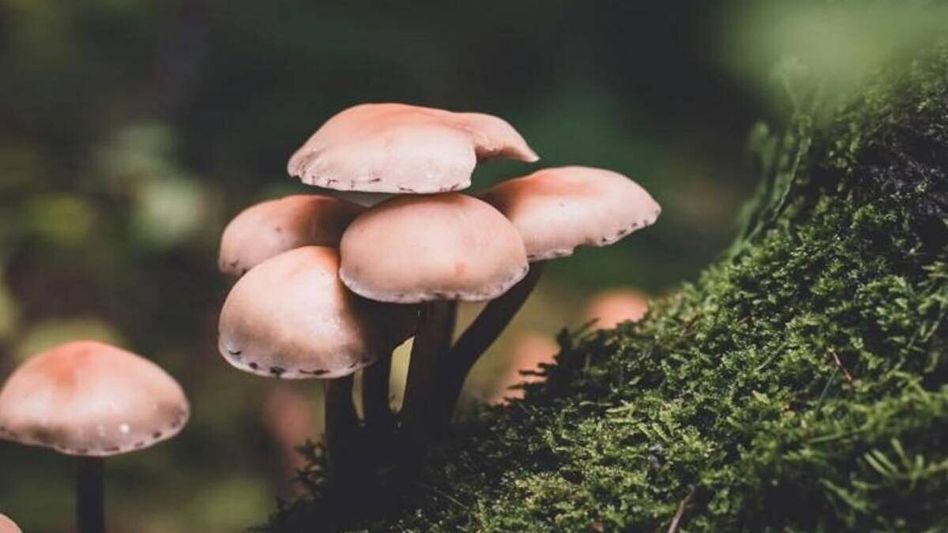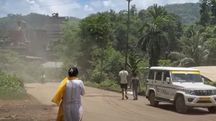Meghalaya: Deadly mushroom poisonings claim six lives in East Jaintia Hills
Six die from mushroom poisoning in Meghalaya's East Jaintia Hills. Authorities investigate and warn against consuming wild mushrooms
 Meghalaya: Deadly mushroom poisonings claim six lives in East Jaintia Hills
Meghalaya: Deadly mushroom poisonings claim six lives in East Jaintia HillsFifteen cases of mushroom poisoning have been reported in East Jaintia Hills District since April, with six fatalities recorded. Health officials are now racing to prevent further tragedies as the monsoon season continues.
The poisonings have primarily occurred in rural areas where residents regularly forage for wild mushrooms in local forests. According to the District Medical & Health Officer, victims include both adults and children.
"These mushrooms look just like the ones people normally eat, which makes them hard to tell apart," a statement from the District Medical & Health Office explained.
The dangerous season for mushroom poisonings spans from April to October, coinciding with the monsoon period when fungal growth flourishes in the region's moist environments.
Health authorities report that toxic mushrooms are sometimes unknowingly mixed with edible varieties in local markets, compounding the risk. The toxins in poisonous mushrooms cannot be neutralised through cooking, boiling, or freezing.
Symptoms begin with gastrointestinal distress, including stomach pain, vomiting, and diarrhoea. Severe cases progress to extreme thirst, sweating, confusion, hallucinations, liver damage, and potentially coma or death.
The Health Department has launched awareness campaigns in affected villages, advising residents to avoid mushrooms that show warning signs such as turning green or purple when cut, having a bitter taste or unpleasant smell, causing burning sensations, or displaying cap scales.
Neighbouring Ri Bhoi district authorities have also issued public alerts through social media, urging anyone experiencing symptoms to immediately seek medical attention at the nearest healthcare facility or call emergency services at 108 or 112.
Copyright©2025 Living Media India Limited. For reprint rights: Syndications Today









